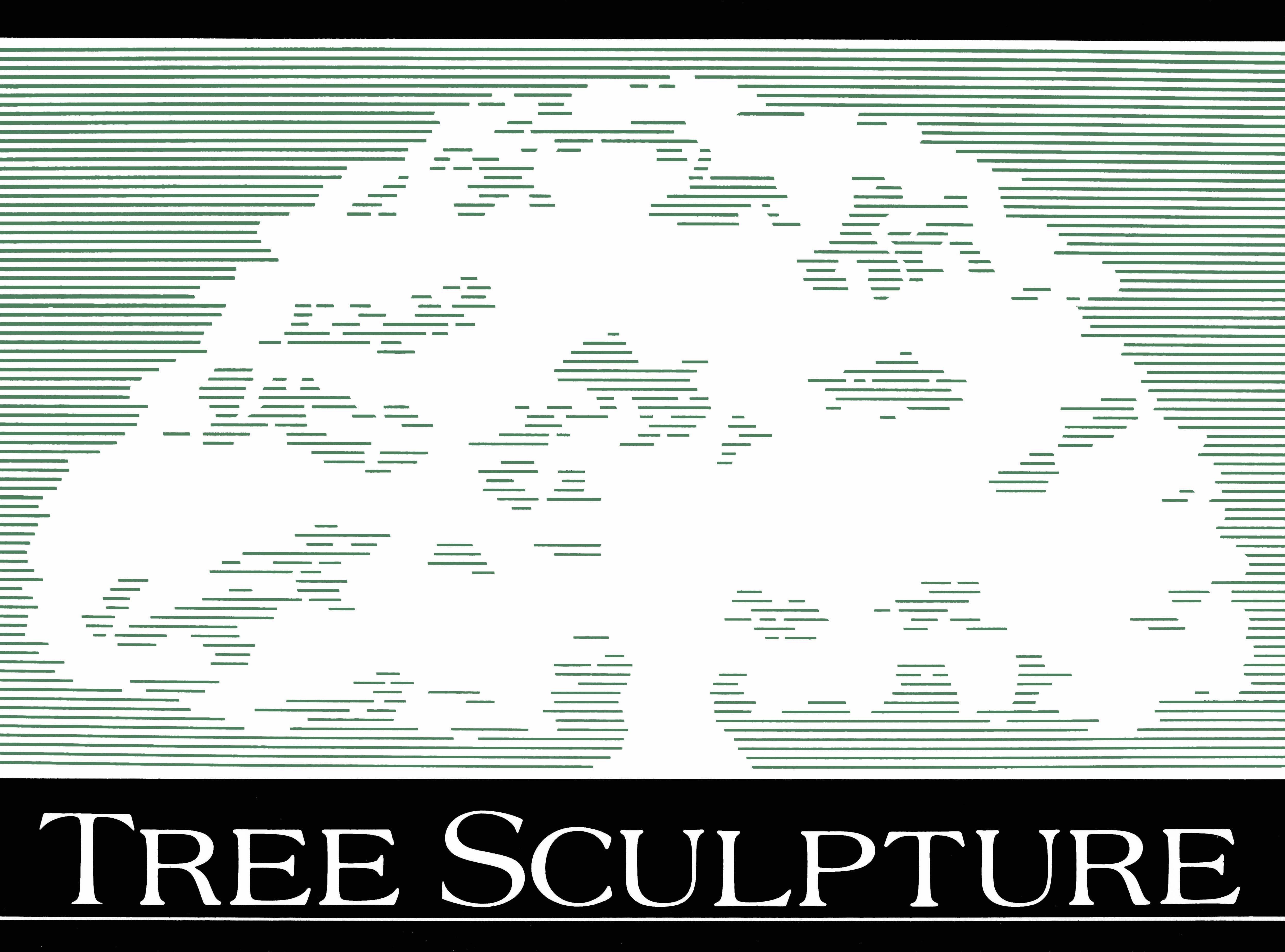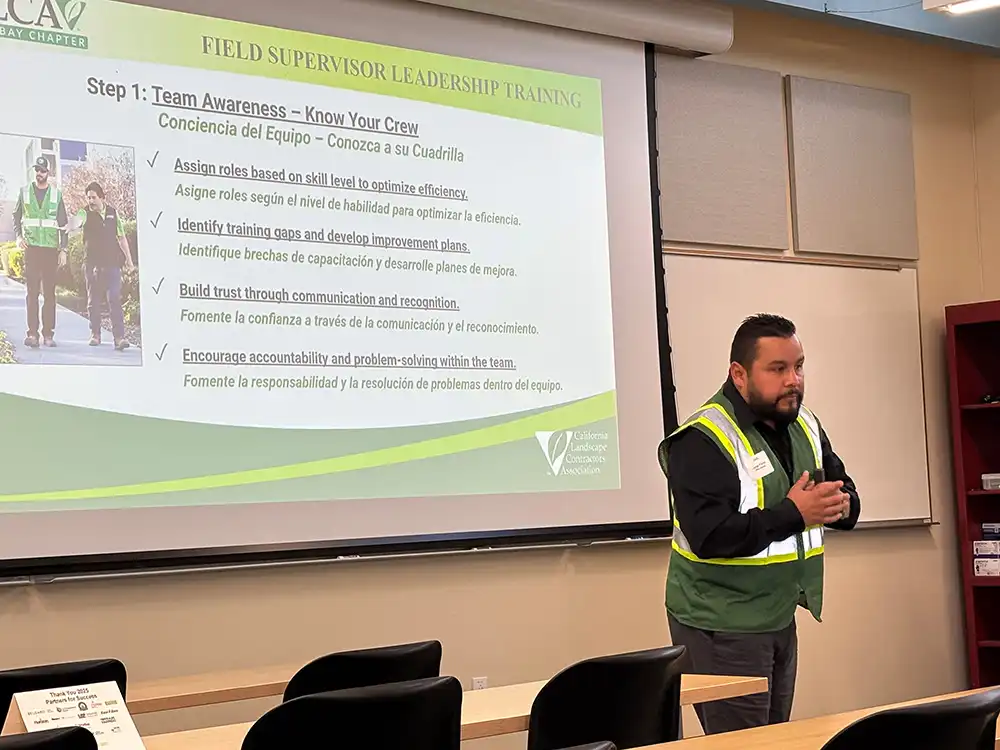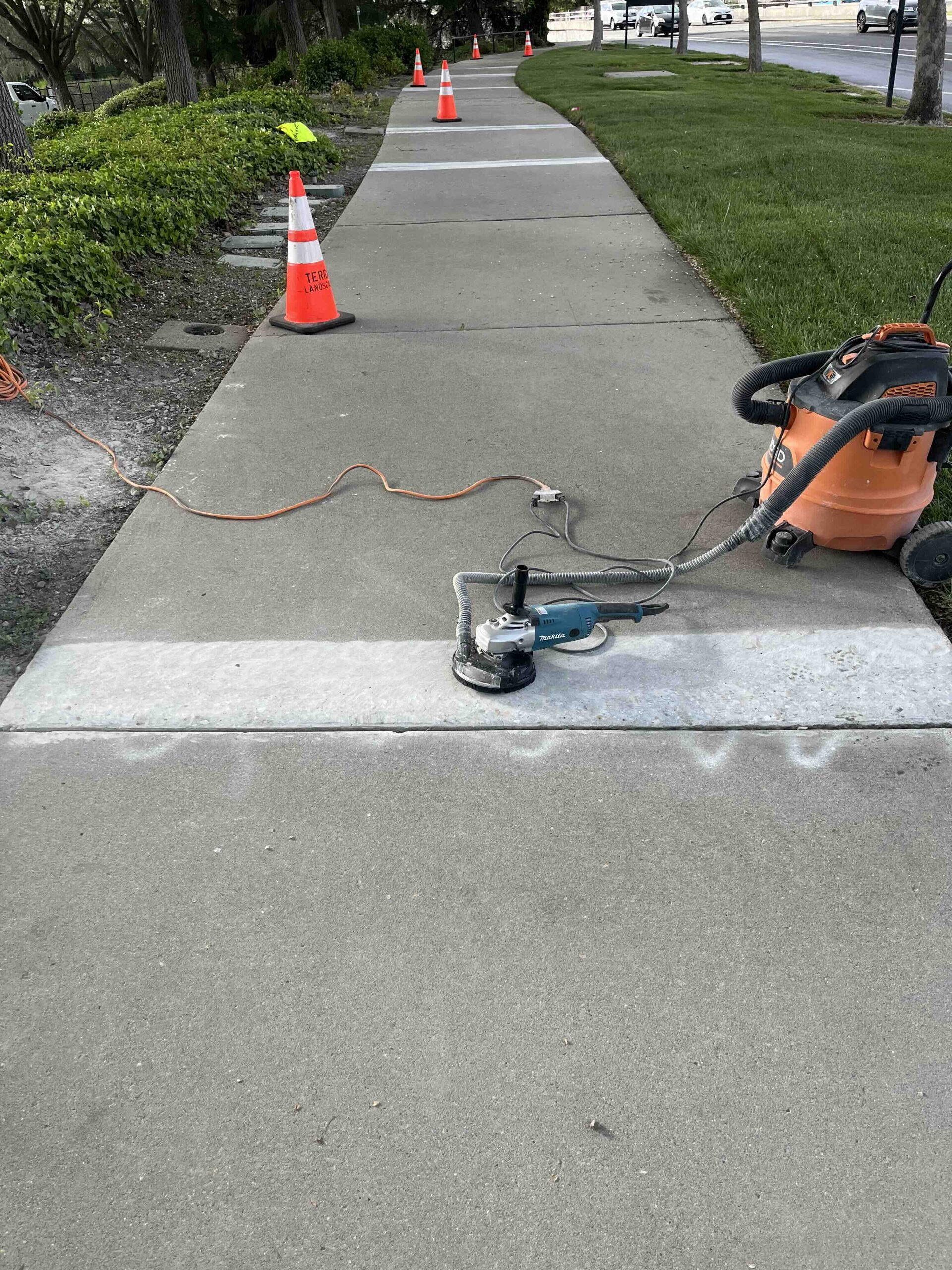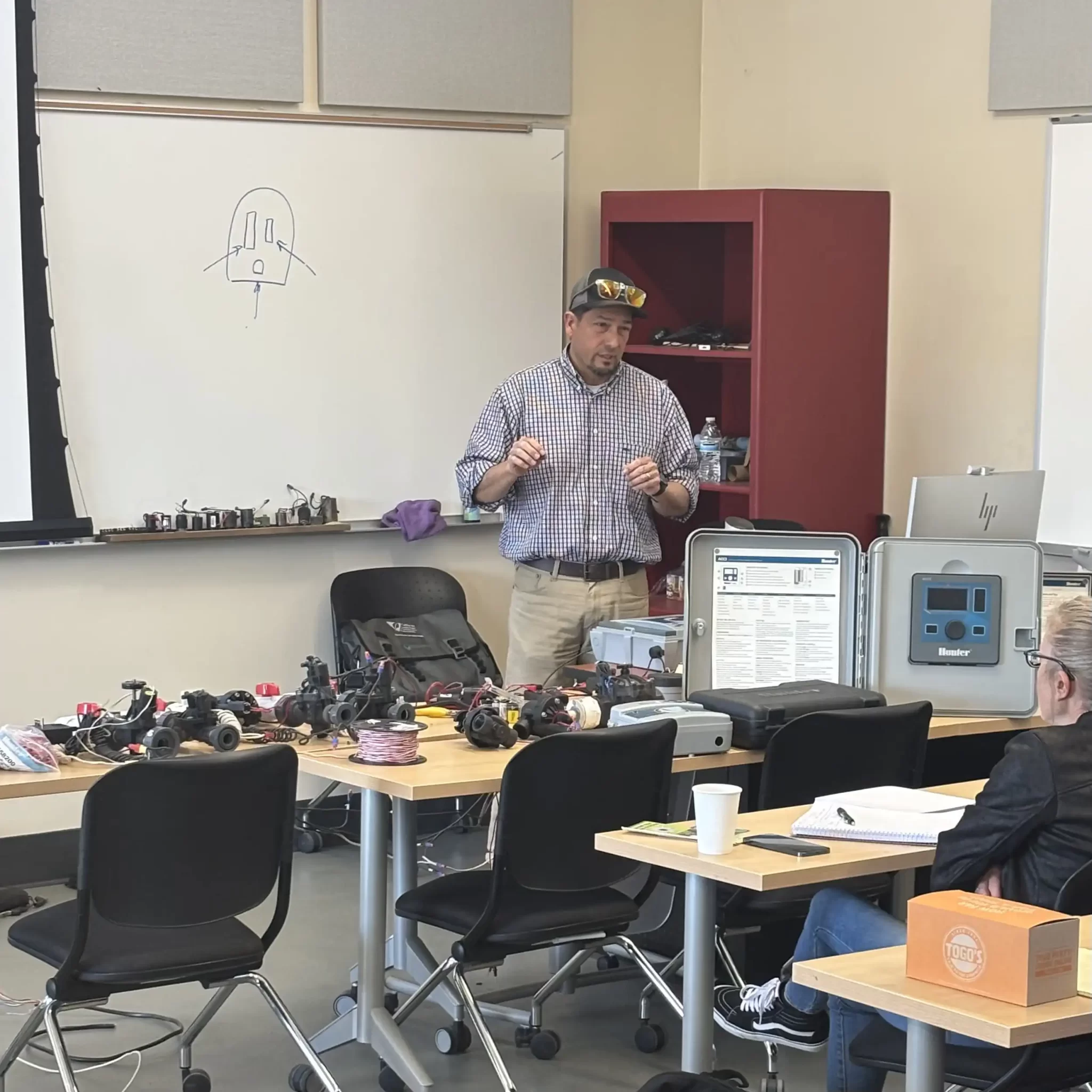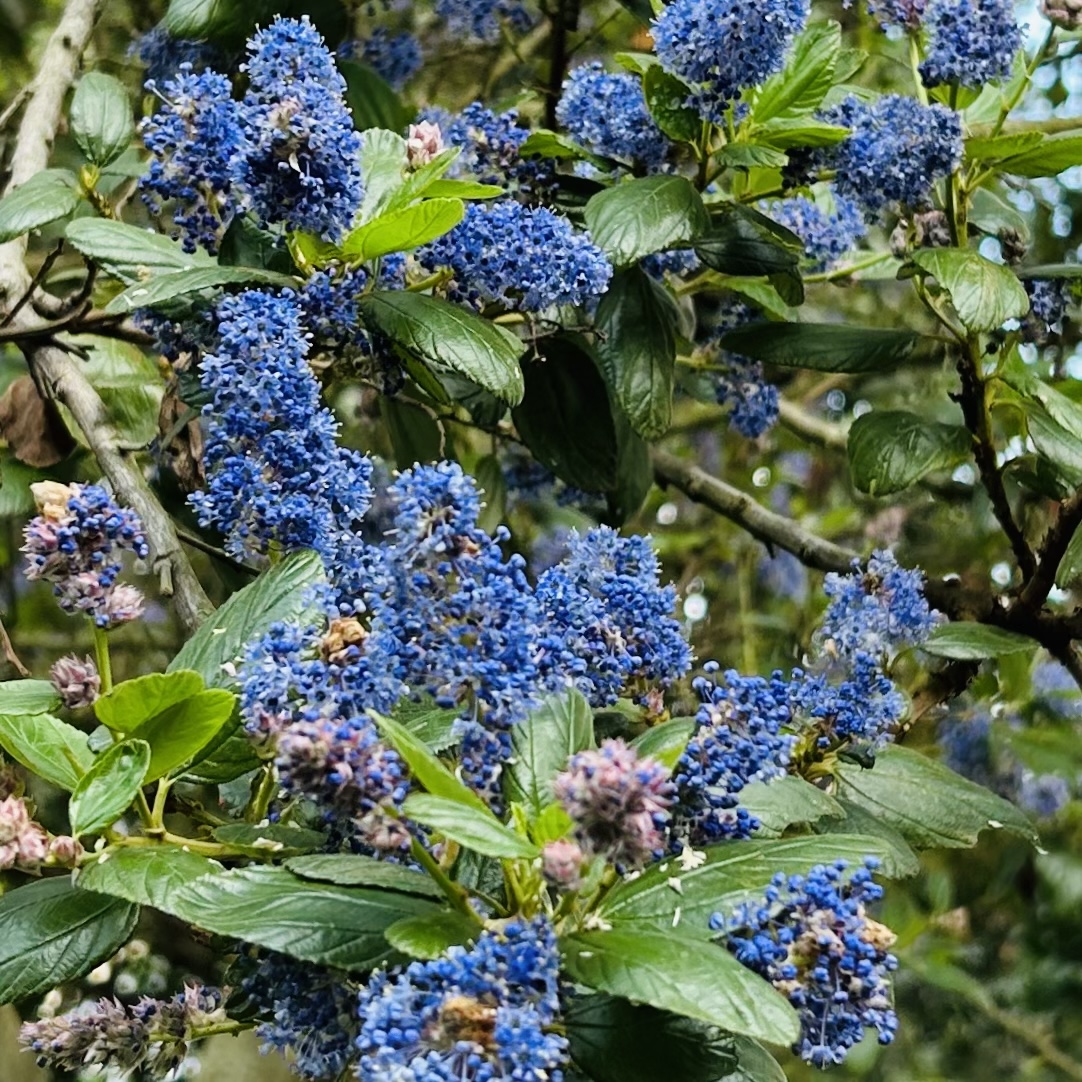Here’s the April update from our CLCA East Bay Chapter President, Cassidy Lundin. He shares a few reflections on leadership, the road ahead, and staying grounded through a busy springplus an invite to the April 26th social at Plank. Check it out below! I’d like to begin by extending a big thank you to everyone who attended our Field Supervisor Leadership Training on March 20th. It was wonderful to see such strong turnout, highlighting the value our community places on leadership development. Special thanks to our fantastic panelists: …
Our Services
We provide a full range of services to keep your trees healthy and attractive. Pruning trees in youth allows them to grow to their full potential, and as they grow, we can prune for safety and aesthetics.
If pests and diseases are a problem, we offer a range of solutions, from soil-treatment drenches to cultural adjustments, such as providing more or less water. If a tree has to be removed, we can do that safely and help you choose a replacement.
Whether you have one tree or a whole neighborhood full, we can provide consultation and management to maximize health and beauty.
Tree
Pruning
Our expert pruning will make your trees stronger, healthier, and more attractive.
Tree
Removal
If a tree must go, we do the job safely and efficiently.
Tree
Health Care
Healthy trees need adequate light and water, clear root crowns, and open, fertile soil.
Tree Management
& Consultation
Our care plans and evaluations are performed to the highest standards.
We're ready to help!
Our Journal
Latest Articles
Our Construction Department typically constructs new landscapes by assessing site conditions, choosing and arranging appropriate plants, and planting them correctly. But we also specialize in more traditional construction projects. One of the most common problems we are asked to solve is uneven concrete sidewalks that have been cracked or lifted by tree roots, creating dangerous trip hazards. One option is to demolish and re-pour the entire section of sidewalk, sometimes also cutting out a section of the tree’s roots. Another…
Cassidy shares a big thank you to everyone who joined the recent leadership training and gives a shoutout to our awesome panelists. He also invites everyone to the CLCA Awards drop-off and social on April 26th at Plank. As we head into the busy season, he reminds us to stay grounded, support each other, and enjoy the rideespecially with weather like this! As I sit down to write this, the rain is pouring down outside a welcome sound.While the late-season rain is causing weeds to pop up everywhere and the growing season is about to kick…
Here’s the April update from our CLCA East Bay Chapter President, Cassidy Lundin. He shares a few reflections on leadership, the road ahead, and staying grounded through a busy springplus an invite to the April 26th social at Plank. Check it out below! I’d like to begin by extending a big thank you to everyone who attended our Field Supervisor Leadership Training on March 20th. It was wonderful to see such strong turnout, highlighting the value our community places on leadership development. Special thanks to our fantastic panelists: …
Our Construction Department typically constructs new landscapes by assessing site conditions, choosing and arranging appropriate plants, and planting them correctly. But we also specialize in more traditional construction projects. One of the most common problems we are asked to solve is uneven concrete sidewalks that have been cracked or lifted by tree roots, creating dangerous trip hazards. One option is to demolish and re-pour the entire section of sidewalk, sometimes also cutting out a section of the tree’s roots. Another…
Cassidy shares a big thank you to everyone who joined the recent leadership training and gives a shoutout to our awesome panelists. He also invites everyone to the CLCA Awards drop-off and social on April 26th at Plank. As we head into the busy season, he reminds us to stay grounded, support each other, and enjoy the rideespecially with weather like this! As I sit down to write this, the rain is pouring down outside a welcome sound.While the late-season rain is causing weeds to pop up everywhere and the growing season is about to kick…
Not too many landscape plants are flowering this time of year. Camellias are still going strong, and California Poppies are just starting to show up in bright orange. Perhaps our favorite winter / early-spring bloomer is California Lilac (Ceanothus), with profuse flowers in colors from white to deepest electric blue. These native shrubs attract native bumblebees – one of the few nectar sources for them – and the flowers have a nice perfume. Perfectly adapted to summer drought, these evergreen shrubs are a great choice for…
